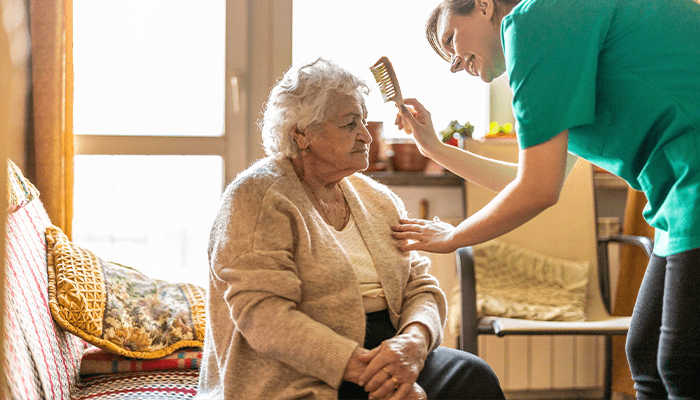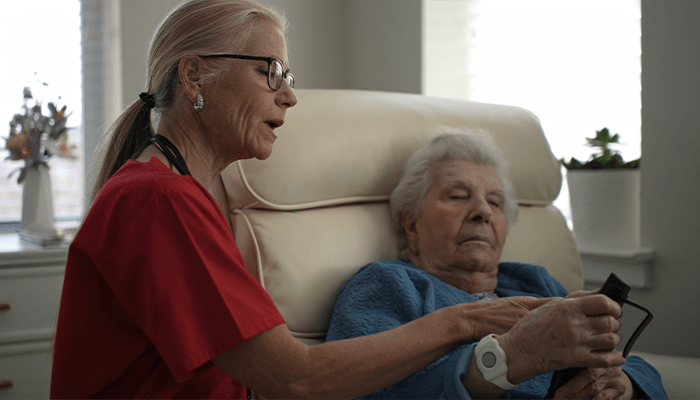
Quality Assurance Performance Improvement: A Guide for Senior Living Healthcare Facilities
As the senior living healthcare industry continues to grow and evolve, prioritizing quality assurance and performance improvement (QAPI) in your facility is more important than ever. By implementing a comprehensive QAPI program, you can ensure residents receive the highest quality of care possible while improving your facility's operations and outcomes.
Let's look at how to implement quality assurance and performance improvement.
First, it's important to understand that QAPI is a systematic, data-driven approach to maintaining and improving safety and quality in nursing homes and assisted living communities. It involves all levels of an organization, from leadership to frontline staff, and aims to achieve optimum results through practical and creative problem-solving.
To implement a successful QAPI program, five strategic elements must be addressed:
- Design and scope: Your program should be ongoing and comprehensive, addressing the full range of services offered by your facility and including clinical care, quality of life, and resident choice.
- Governance and leadership: Your facility's leadership should develop a culture that seeks input from staff, residents, and residents' families or legal representatives.
- Feedback, data systems, and monitoring: You should establish a method for collecting and analyzing data on your facility's performance. This information is then used to identify areas where improvement may be needed.
- Performance improvement projects (PIP): You should develop and implement projects that address specific areas for improvement. A PIP is a concentrated effort on a particular problem in one area of the facility or facility-wide; it involves gathering information systematically to clarify issues or problems and intervening for improvements.
- Systematic analysis and systemic action: You should take action to implement changes or corrective actions that will result in improvement or reduce the chance of an event occurring, choosing actions that are tightly linked to the root cause and that lead to a system or process change.
By addressing these five elements, you can create a QAPI program that will benefit your facility and residents in a variety of ways, such as:
- Improve resident outcomes and satisfaction.
- Reduce preventable medical errors.
- Reduce utilization of redundant services.
- Improve staff satisfaction and retention.
- Improve your facility's reputation and marketability.
Implementing a QAPI program requires a commitment from leadership, staff, and residents to prioritize quality and safety and a willingness to monitor and improve your facility's operations continuously. However, the benefits are clear. For more information on the APSL Guide to Quality Assurance Performance Improvement, view our recent webinar on the topic or contact AssuredPartners Senior Living.
Featured News & Insights

The next five years will be critical for senior living and nursing home providers. Shifts in health system consolidation, CMS programs, and hospital partnerships are already reshaping how skilled...

Watch the Webinar Replay In this webinar, we’ll explore the structural changes that are adversely impacting nursing home skilled care revenues. This session will briefly touch on the impact of ACO...

If your senior care facility is struggling with survey performance, you may already be on CMS's radar. The Special Focus Facility (SFF) designation is more than just a label. It's a warning with real...